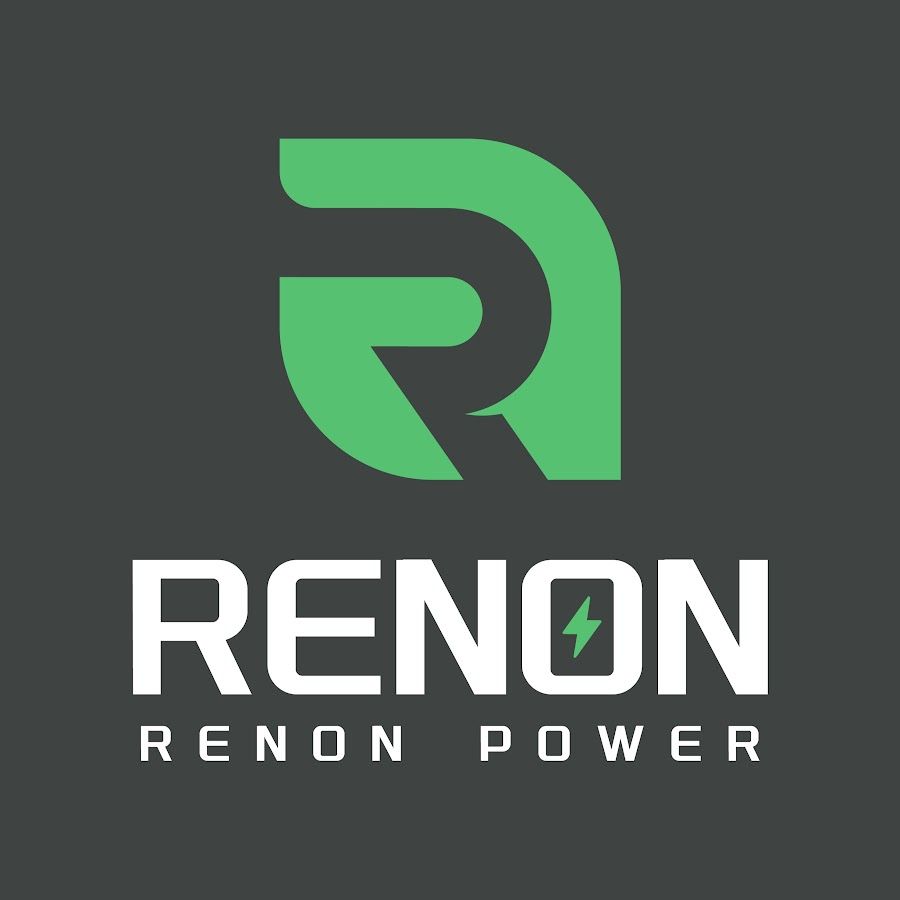SOLAR VIDEOS
SOLAR BLOG
Solar Energy Update — as of November 11, 2025
1. The Big Picture & Market Dynamics
The solar-energy sector continues its rapid shift and maturation. Globally, newly installed photovoltaic (PV) capacity in 2025 is projected to reach about
596 GW, though growth is slowing compared with past years.
sunpropoweronline.com+2Sunhub News+2
In the U.S., for the first quarter of 2025 the industry added 10.8 GW dc — still among the strongest quarters historically — but that’s down ~7% year-over-year and ~43% compared with the prior quarter.
SEIA This signals that while solar adoption remains robust, some headwinds (economic, regulatory, interest rates) are having an impact.
2. Major Trends Shaping Solar in 2025
• Efficiency & Tech Innovations
Next-generation solar technologies are gaining serious traction. For example, bifacial solar panels (capturing light from both sides) are becoming more mainstream and can boost output by 10-30% depending on site conditions. Sunhub News+1 Also, perovskite-and silicon-tandem cells are approaching ~28–30 % lab efficiencies, offering strong promise for cost reductions and broader deployment. sunpropoweronline.com+1
• Storage & Hybrid Systems
One of the biggest enablers of solar’s next phase is energy storage. Solar + battery systems are moving from niche to mainstream; many utility-scale and commercial projects now either include or plan to include storage to address intermittency. greenworld-energy.com+1 For homeowners and businesses, the ability to store excess solar and use it when the sun isn’t shining is driving more interest.
• Integration & Space-Efficiency
Land availability and aesthetics are increasingly important. Some notable developments:
- Floating solar farms (on water bodies) are growing in popularity because they can save land and benefit from cooling effects. Sunhub News+1
- Building-Integrated Photovoltaics (BIPV) — solar panels built into roofs, facades or windows — are gaining attention for urban and architectural applications. Green Ubuntu+1
• Policy, Incentives & Local Manufacturing
While many countries continue to support solar through subsidies, tax credits and targets, some markets are experiencing uncertainty. For example, incentives for rooftop solar are shifting in some regions, which is influencing homeowner decisions. The Washington Post+1 Meanwhile, domestic manufacturing of PV modules, inverters and upstream components is becoming a strategic focus in the U.S., Europe and Asia. Accio+1
3. Why It Matters for Homeowners & Small Business
- Cost-effectiveness: Solar is more affordable than ever; with higher efficiencies and lower panel costs, pay-back times are improving (though higher interest rates and slower installations may offset some gains).
- Energy independence: Coupling solar with storage gives homeowners and businesses more control over their energy supply and resilience during outages.
- Value addition: Property value may increase with solar + storage installations. Also, for businesses, solar can reduce operating costs and hedge against future electricity price hikes.
- Design flexibility: With BIPV, floating solar and newer panel types, there are more options for integrating solar in places where traditional rooftop panels may not be ideal.
4. Key Challenges & Things to Watch
- Intermittency & storage costs: Though storage is improving, it still adds cost and complexity. Ensuring the system works across seasons is important.
- Regulatory/incentive risk: Changes in subsidies, tax credits or net-metering policies can strongly influence adoption. For example, some regions expect a steep drop in rooftop solar demand if certain credits are removed. The Washington Post
- Manufacturing bottlenecks: While module prices continue to decline, upstream inputs (like polysilicon or wafers) may face constraints; growth in domestic manufacturing is still catching up. SEIA
- Land & permitting issues: For large-scale projects, site acquisition, grid interconnection and local environmental/land-use concerns remain hurdles.
- End-of-life & recycling: As solar installations age, panel recycling and materials recovery will become more important. greenworld-energy.com
5. What to Do Now (If You’re Considering Solar)
- Evaluate your roof/site: Check orientation, shading, structural condition and suitability for solar + storage.
- Compare system options: Look at different panel types (mono, bifacial), inverter types (string vs micro), and storage sizing.
- Check incentives: Investigate federal/state tax credits, local rebates, net-metering policies and how long current incentives will last.
- Plan for storage: Even if you install solar now, plan for a storage add-on in future — or install it together if budget permits.
- Get multiple quotes: Installation quality matters. Quotes should include hardware specifications, warranties, maintenance and expected energy generation.
- Monitor long-term value: Consider how the system will perform over 25-30 years (maintenance, inverter replacement, panel degradation).
6. Looking Ahead
As we move toward the second half of the 2020s, solar is shifting from rapid deployment to broader integration and maturity. That means less about “installing solar wherever possible” and more about smart deployment, hybrid systems (solar + storage), and leveraging new form-factors (floating, building-integrated, flexible panels). The industry is also gearing up for renewal and replacement of aging systems as the first big wave of installations from the 2010s begins to approach mid-life.














